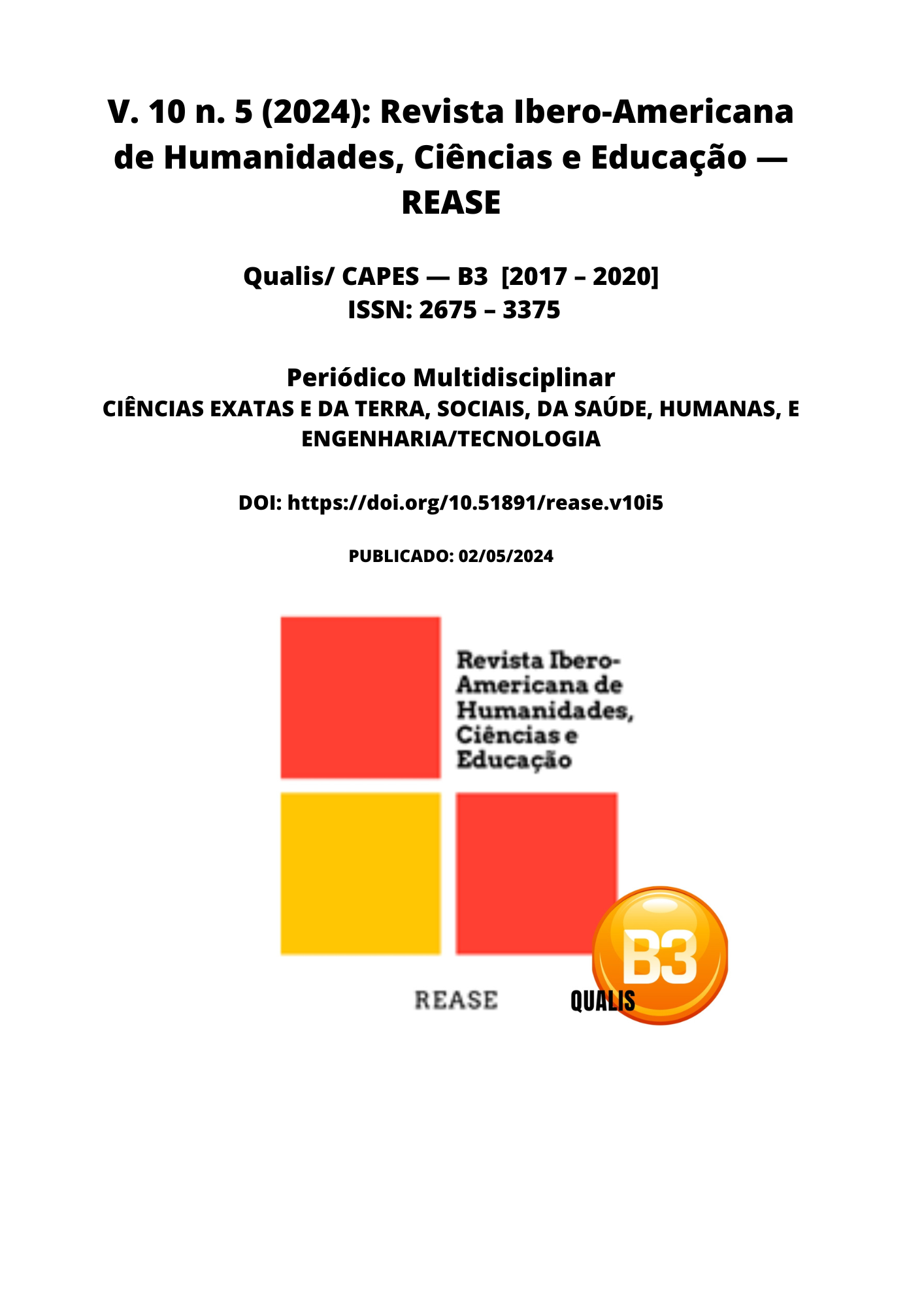1.497 / 5.000 THE NEW ADMINISTRATIVE IMPROBITY LAW (LAW 14,230/21): A ANALYSIS OF LEGISLATIVE CHANGES
DOI:
https://doi.org/10.51891/rease.v10i5.14208Keywords:
Accountability of public agents. Sanctioning administrative law. Impunity.Abstract
The enactment of Law No. 14,230/2021 introduced significant changes to the Administrative Improbity Law (LIA), especially with regard to the criteria for configuring acts of improbity. After the promulgation of the Anti-Crime Package, Law No. 13,964/19, the possibility of carrying out the Civil Non-Prosecution Agreement in public civil actions due to acts of administrative improbity emerged, however this institute was only regulated in the negotiation bias of the Sanctioning Law by Law 14,230/ 21, which, among other changes, revoked the guilt modality for the purpose of configuring the act of improbity, with the agent being penalized only in the event of proof of damage to the treasury. In this sense, this study intends to investigate how the changes in the Improbity Law - LIA, impacted the accountability of public agents, and the research problem is intrinsically related to the accountability of these agents, given the principle of unavailability of the public interest and the feeling of impunity, in relation to the prevention of illicit activities. Therefore, this change certainly makes the application of the legal provision of improbity more complicated, as it requires effective proof that the public agent acted with the specific intention of committing the illegal act.
Downloads
Downloads
Published
How to Cite
Issue
Section
Categories
License
Atribuição CC BY

